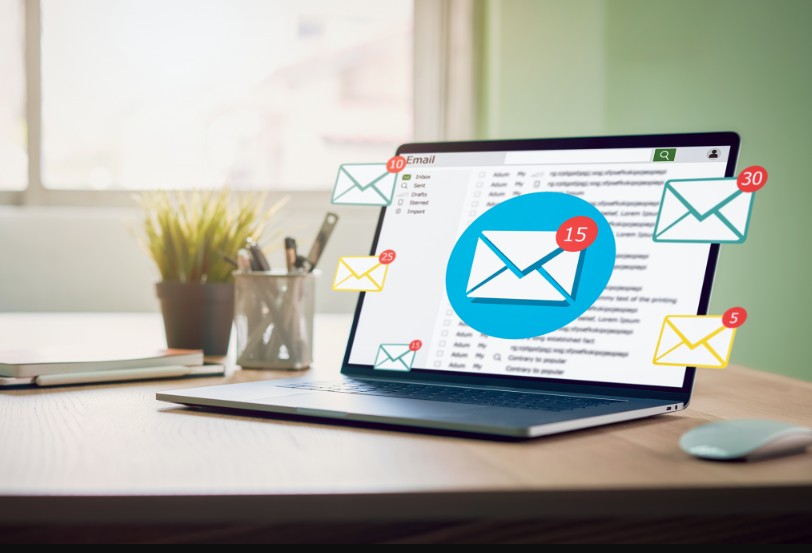Physical activity can yield better health for everyone with diabetes

December 20, 2021
3 min read

Source/Disclosures
Published by:

Source:
Healio interview
Disclosures:
Kemmis and Weiner report no relevant financial disclosures.
Susan Weiner, MS, RDN, CDCES, FADCES, talks with Karen Kemmis, PT, RN, DPT, MS, GCS, CDCES, FADCES, about the benefits and challenges of helping people with diabetes to increase physical activity.
Weiner: How can physical activity — or lack of activity — affect health for a person with diabetes?

Any physical activity can improve health for people with diabetes, and a higher level of activity can yield greater benefits.
Kemmis: Physical activity and exercise have long been known to benefit individuals with diabetes by improving immediate and long-term blood glucose, reducing cardiovascular risk factors, increasing strength and fitness, delaying or preventing type 2 diabetes, and promoting psychological and emotional health. More recently, we have learned that lack of physical activity can be harmful to health, leading to our focus on encouraging an increase in general movement throughout the day.

Susan Weiner

Karen Kemmis
Weiner: What is the difference between physical activity and exercise?
Kemmis: Physical activity includes any movement that uses energy. Exercise is a type of physical activity that is planned and structured with a goal of improving fitness. Some examples of physical activity include work activity, house and yard chores, child care, recreational activities and general movement throughout the day. Exercise examples include going for a planned walk, riding a bike, swimming, a resistance-training session, yoga or tai chi.
Both physical activity and exercise can provide health benefits that increase as the frequency, duration and intensity of the activity increases. For example, brief leisurely gardening can provide some benefit, whereas longer, more strenuous gardening will produce greater health benefits. The same is seen with exercise; a leisurely daily 10-minute walk or a low-intensity yoga session will provide some health benefit, but there will be a greater change with a longer walk at a brisk pace or a high-intensity aerobics class.
Weiner: Why might a person with diabetes need guidance with physical activity?
Kemmis: It can be challenging to start and maintain an active lifestyle for many reasons. For a person who is relatively inactive, the types and amount of exercise recommended for health benefits may seem overwhelming. Also, many people have physical barriers to being active, such as pain, decreased balance, lack of strength or poor general mobility. It is important to individualize activity recommendations to promote long-term success. Choosing the right type of activity, starting with a small increase from the current activity level and progressing at a pace to allow success without negative consequences are critical.
Weiner: What might be a good starting place for someone wishing to increase physical activity?
Kemmis: Combining an increase in physical activity and a decrease in sedentary time can promote early success. Both aerobic activity, such as walking, biking, swimming, dancing, vacuuming and yardwork, and strengthening, such as resistance training, stair climbing, lifting and carrying, and standing from sitting using only the legs, are beneficial for health and mobility. All physical activity can be done in short bouts spread throughout the day or as an exercise session. It is important to explain these options to the person with diabetes, especially someone who is leading a fairly sedentary life.
Weiner: How realistic is it to expect someone who has been sedentary to increase physical activity to a level that can affect their health?
Kemmis: Health benefits can start with any increase in physical activity, but improvements might not be obvious to the individual. It is important to describe various changes that might be seen when moving from a sedentary lifestyle to low level activity as a starting point. Small improvements in blood glucose, easier movement and perhaps changes in how clothes fit might be observed. It takes a lot of exercise, generally combined with a decrease in caloric intake, to create substantial changes in weight. Explaining this can help set realistic expectations and decrease frustration from lack of obvious improvement. A decrease in waist size may come before a change in weight with the benefit of less visceral fat and improved metabolic parameters. As the individual experiences these small changes, improved physical ability, greater motivation and better health can follow.
Some people with complications may have limitations in their physical activity, but generally some beneficial activity is still possible and can create positive effects. For example, a person with peripheral neuropathy should do daily foot checks and be sure shoes fit well, those with cardiovascular disease may need to exercise at a lower intensity and those with eye problems from diabetes may need to avoid straining during activity.
Weiner: When should someone be referred to physical therapy or another exercise specialist?
Kemmis: Many health care providers, including diabetes care and education specialists, can educate an individual on the recommendations for physical activity and exercise and provide general guidance. However, if pain, balance dysfunction, low vision or challenges with mobility are limitations, a referral to a physical or occupational therapist should be initiated. These specialists can prescribe exercise to create health benefits without increasing problems and can even work on decreasing the physical challenges. An exercise physiologist can guide and monitor a safe and effective exercise program for those with limitations, such as from cardiac issues or immobility, in an individual or group setting. Motivation or lack of understanding of exercise can be overcome with a referral to a personal trainer or a community exercise program.
For more information:
Karen Kemmis, PT, RN, DPT, MS, GCS, CDCES, FADCES, is the Diabetes Care and Eeducation Specialists team leader at the Joslin Diabetes Center Affiliate at SUNY Upstate Medical University. She can be reached at [email protected]; Twitter: @karen_kemmis.
Susan Weiner, MS, RDN, CDN, CDCES, FADCES, is co-author of The Complete Diabetes Organizer and Diabetes: 365 Tips for Living Well. She is the owner of Susan Weiner Nutrition PLLC and is the Endocrine Today Diabetes in Real Life column editor. She can be reached at [email protected]; Twitter: @susangweiner.








